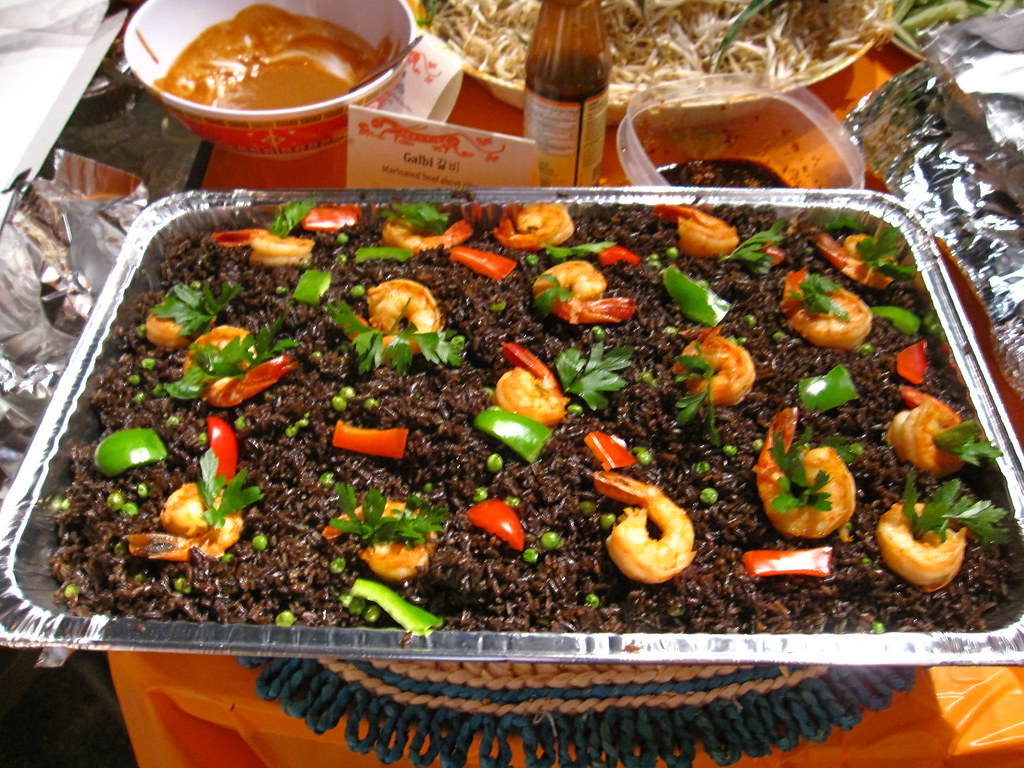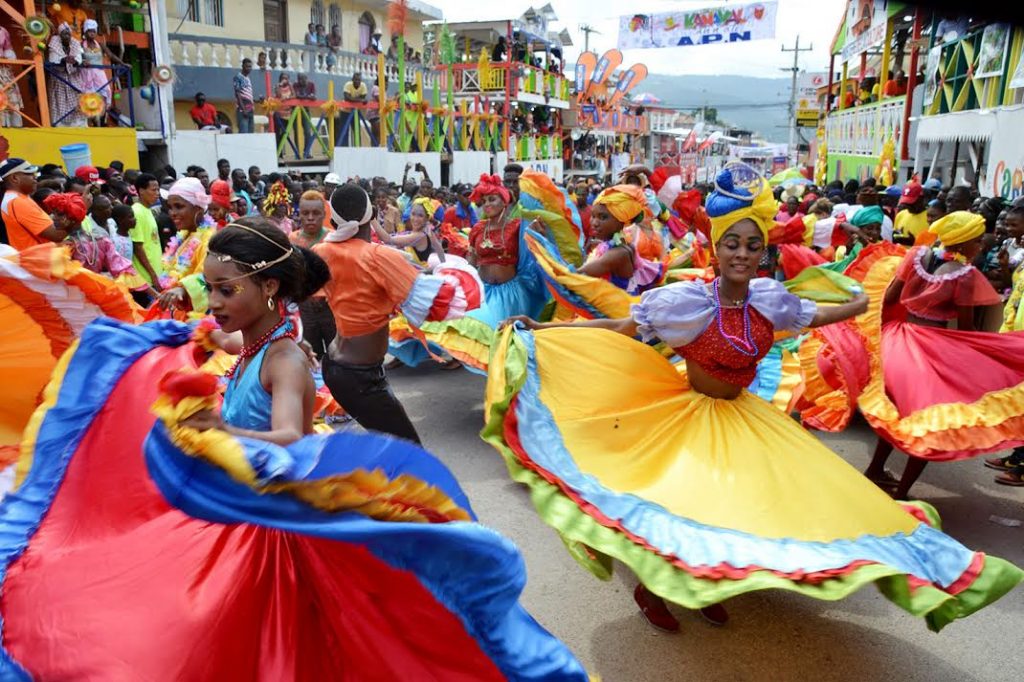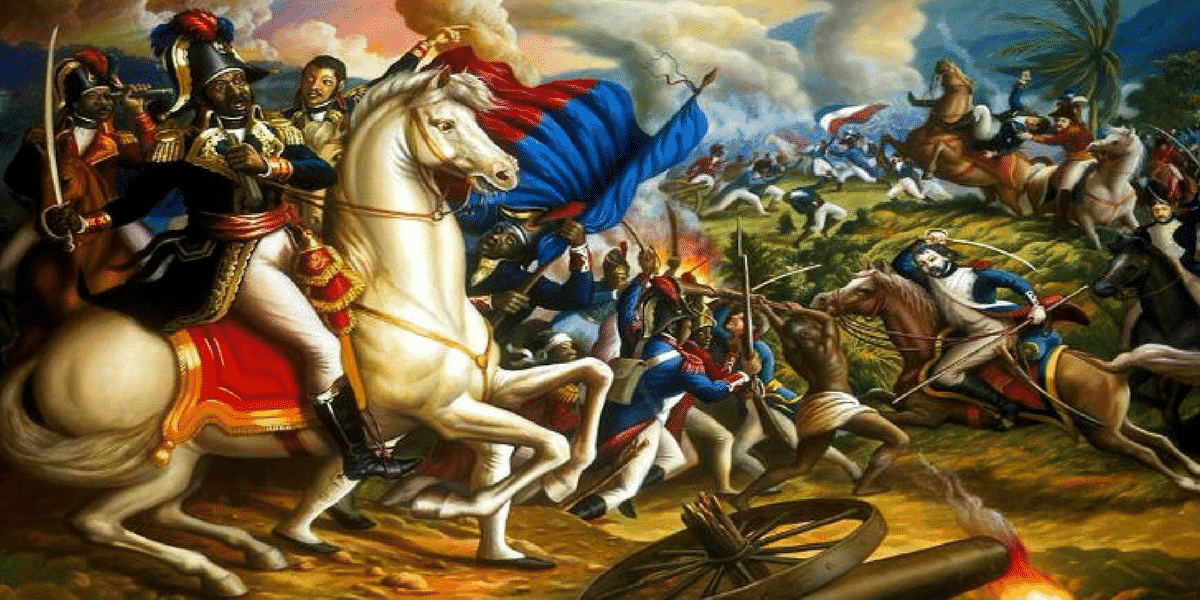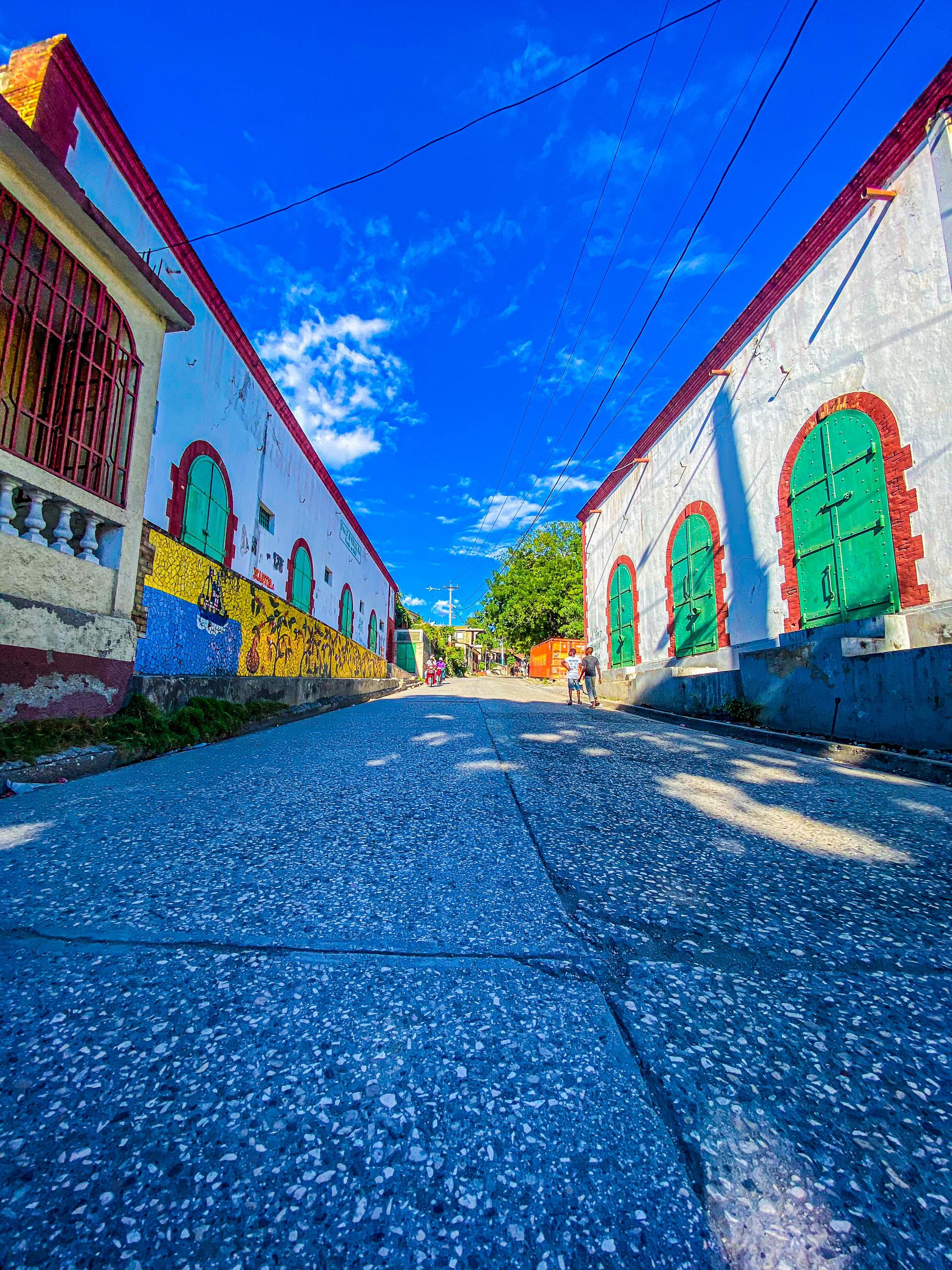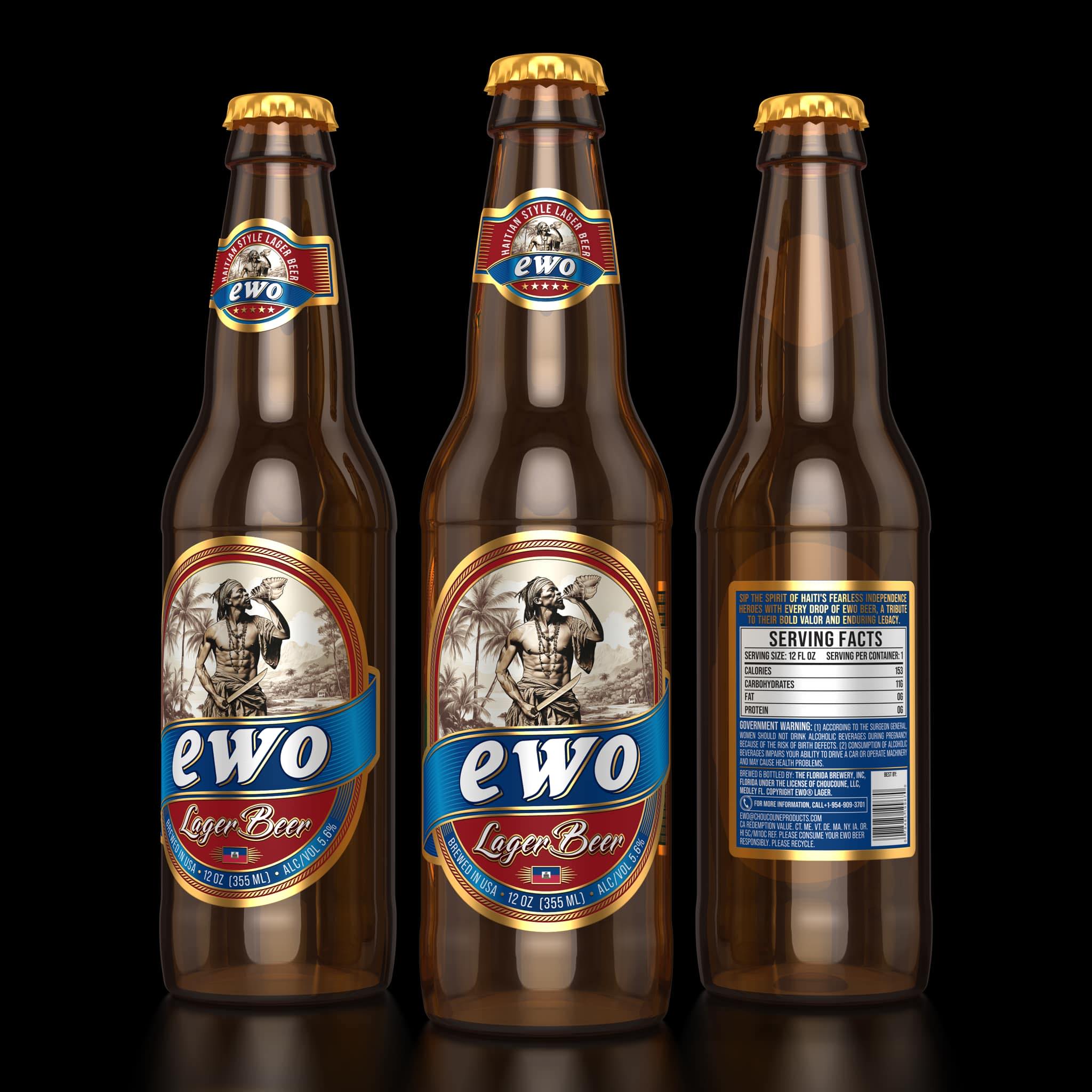Diri ak Djon Djon
Among Haiti’s culinary treasures is an iconic dish, "Diri ak Djon Djon". This dish, made from rice and black mushrooms called "djon djon", alone embodies the richness of Haitian gastronomy.
Preparing Diri ak Djon Djon requires simple but carefully chosen ingredients to create a symphony of flavors. The basics include rice, peas (usually black peas), oil, onions, garlic, thyme, parsley, pepper, and of course, the famous djon djon mushrooms.
Djon djon mushrooms are black mushrooms endemic to Haiti. Their dark color gives the dish a characteristic hue, while their unique flavor adds unparalleled depth to the rice. These mushrooms are often dried before use, thus intensifying their aroma.
The magic of Diri ak Djon Djon lies in the meticulous preparation. The rice is first washed and soaked, then cooked with the peas and djon djon mushrooms. The whole thing is enhanced with aromatics such as garlic, onion, thyme and parsley. Slow cooking allows the rice to absorb all the flavors, creating a moist and fragrant texture.
Djon djon mushrooms, in addition to adding a distinctive color, release a woody, umami flavor that pairs perfectly with rice. It is this combination of simple but well-orchestrated ingredients that makes Diri ak Djon Djon so unique.
Diri ak Djon Djon is often associated with celebrations and joyful times in Haiti. It is frequently served at weddings, family celebrations and other festive events. The richness of flavors and the festive aspect of the dish make it a symbol of conviviality and sharing.
Much more than just a dish, Diri ak Djon Djon is a tribute to Haitian culture, reflecting the culinary heritage passed down from generation to generation.









